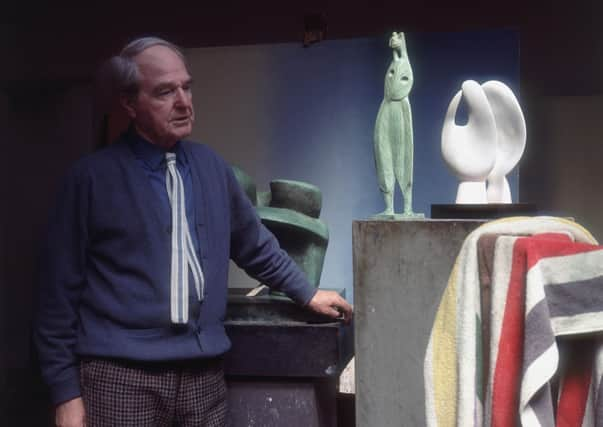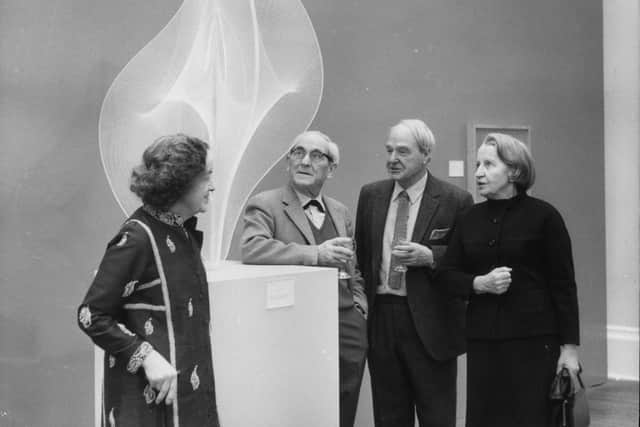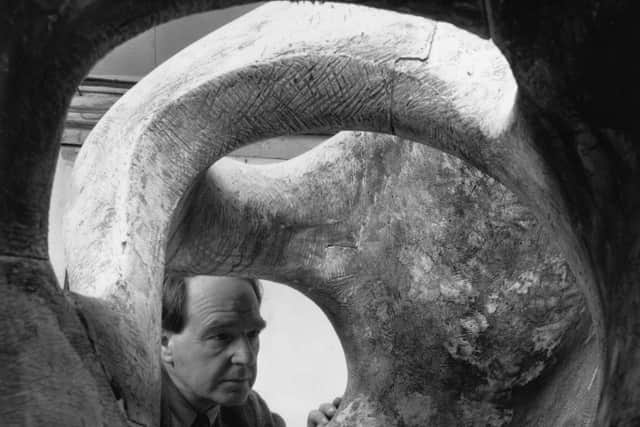How Yorkshire was the making of Henry Moore


Considered now to be one of the most significant British artists of the 20th century, it was his formative years in Yorkshire that opened his eyes to a world beyond the slag heaps that formed the depressing backdrop to his home. He sketched the hills and collected stones, bones and tree roots, taking inspiration from their twisted forms and replicating them in his sculpture.
His parents had disapproved of art as a career, and the young Moore had gone to train as a teacher – but it was not for him.
Advertisement
Hide AdAdvertisement
Hide AdHe was lucky to see the 1920s at all; a gas attack during the Battle of Cambrai in 1917 had nearly killed him. In the event, it was an ex-serviceman’s grant that allowed him to study at the Leeds School of Art. It set up a sculpture studio for him, and he met another Yorkshire sculptor and a kindred spirit, Barbara Hepworth


It was also in Leeds that he first encountered the non-Western sculpture that was to be his lifelong fascination.
By the end of the 1920s he had developed a distinctive modernist style of his own, and in the years that followed he was a significant figure in the creative world, as these pictures from the archive bear witness.
But the experience at Cambrai never left him, and when he was commissioned during the next war to draw the people of London huddled into underground stations that had become makeshift bomb shelters, he depicted them in wax crayon as wiry, near-death figures rising from the darkness.
Advertisement
Hide AdAdvertisement
Hide AdYet it is for optimism, not gloom, that Moore’s work is celebrated,and when the 1951 Festival of Britain opened as a symbol for post-war optimism, it was he who was at its centre.


Support The Yorkshire Post and become a subscriber today. Your subscription will help us to continue to bring quality news to the people of Yorkshire. In return, you’ll see fewer ads on site, get free access to our app and receive exclusive members-only offers. Click here to subscribe.
Comment Guidelines
National World encourages reader discussion on our stories. User feedback, insights and back-and-forth exchanges add a rich layer of context to reporting. Please review our Community Guidelines before commenting.